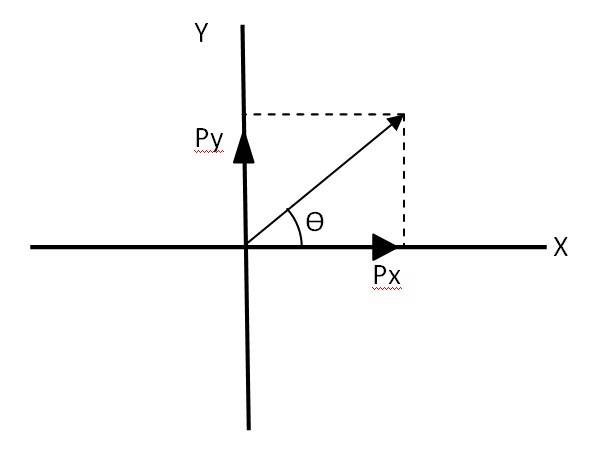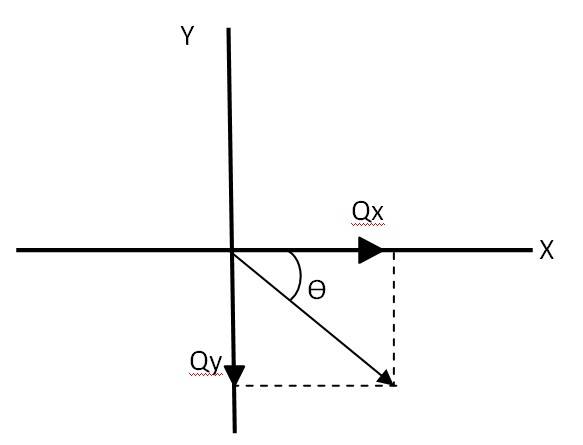How does NCERT Solutions of kinetic theory explain gas laws like Boyles and Charles laws?
-
1 Answer
-
The kinetic theory talks about the molecular explanation for the classical gas laws:
Boyle's Law (P? 1/V at constant T): Gas molecules will exert more pressure when the volume of the container reduces as it has less space to move and hence it collides with the walls of the container. However, when the temperature is constant, the speed of the molecule will not change.
Charles's Law (V? T at constant P): With the increase in temperature, the speed and average kinetic energy of the molecules increase. The gas expands to maintain constant pressure and increases the volume.
The kinetic theory links the physical behaviour of gases with the mo
...more
Similar Questions for you
Yes, there are many numerical problems in class 11 Physics. All important formulas must be on figure tips.
Class 11 Physics Chapter 11 is Thermodynamics. It is one of the most important topic in Physics.
There are three main processes Isothermal, adiabatic and cyclic process. In isothermal, the system is thermally conductive and the temperature remains constant. In adiabatic process, the system is thermally isolated and there is no change in heat temperature. The system returns to its initial stage in the cyclic process.
4.22

Let us consider a vector . The equation can be written as
Px = Py = 1 = = = …….(i)
So the magnitude of vector + =
Let be the angle made by vector , with the x axis as given in the above figure
= = , = 45 with the x axis

Let = -
– = ( –
= = 1
= =
Hence = . Therefore the magnitude of ( + =
Let
Taking an Exam? Selecting a College?
Get authentic answers from experts, students and alumni that you won't find anywhere else
Sign Up on ShikshaOn Shiksha, get access to
- 66k Colleges
- 1.2k Exams
- 680k Reviews
- 1800k Answers


